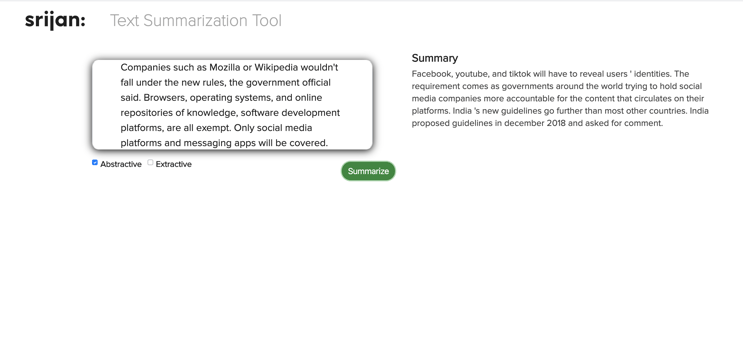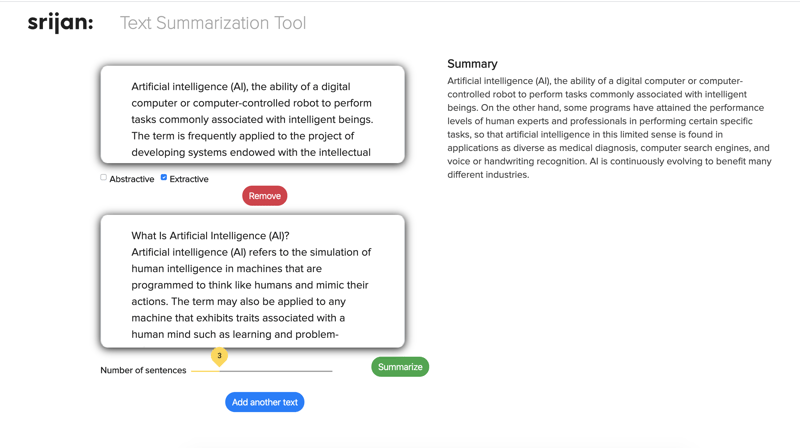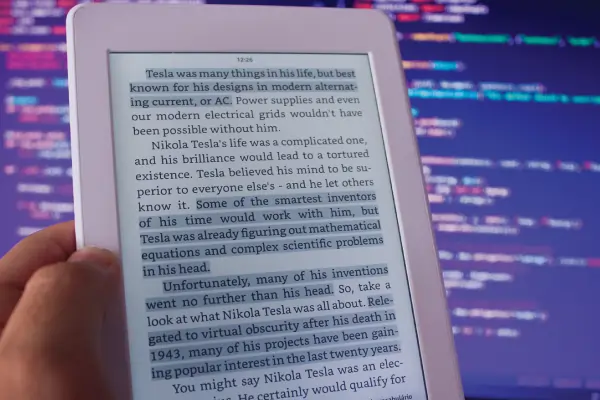The Challenge
The International Data Corporation has predicted that the total amount of digital data circulating across the world would shoot up from 4.4 ZT in 2013 to 180 ZT in 2025.
Given this, going in the quest for absorbing relevant data amidst a generous amount of information available today can be an overwhelming task for anyone! Further, content authors and editors are forced to spend half of their time in writing summaries for the articles, impacting their productivity profoundly.
Besides, users also prefer to get the essence of the story within a few seconds or minutes instead of devoting prolonged periods.
The Solution
Srijan has built a tool, namely, text summarization, to automate the manual process of creating summaries for blogs, articles, news, etc by extracting the key information and compressing it into a shorter version - ensuring that actual meaning remains intact!
The tool comprises of two divergent approaches for summarization-
- Summarization based on abstraction
- Summarization based on extraction
The abstraction method involves paraphrasing and shortening sentences/parts of the source document. It can also create new phrases and sentences that portray the most useful information from the original text - similar to what humans do.
 Contrary to it, the extraction method works by analyzing the importance of each sentence in a given document. Typically, sentences are labeled in terms of their importance in the document. A summary is thus generated by picking several top-scoring sentences.
Contrary to it, the extraction method works by analyzing the importance of each sentence in a given document. Typically, sentences are labeled in terms of their importance in the document. A summary is thus generated by picking several top-scoring sentences.
This method allows you to put the limit to the number of sentences in which you want a summary. Besides, you can also consolidate 4-5 articles at a time and generate a summary out of it. The abstraction method works best over time as neural networks keep on learning through data while the extraction method is quite easier to use and popular as well.
The abstraction method works best over time as neural networks keep on learning through data while the extraction method is quite easier to use and popular as well.
The technology stack used for it-
- Sequence to sequence model
- Deep learning neural network
- BERT model
How Does the Solution Work?
Watch this video to understand its working-
Key Takeaway
Producing intelligent text summaries will help editors and content authors do away with its manual creation, thereby saving their time and effort for new content ideas.
Further, it would be a breeze for consumers to find, read and absorb relevant data within seconds, apart from an effective arrangement of content.
See how your enterprise can leverage this solution. Contact our experts at business@srijan.net






